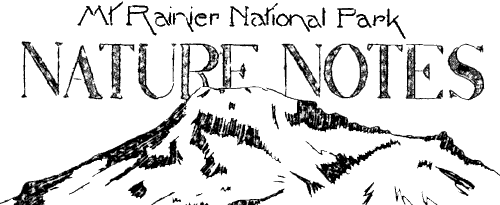
 | ||||||||
By the time this issue reaches most of you fall will have definitely set in, and the odor of burning leaves will be filling the air. Many a youngster will be applying the family rake on the front lawn. As one who has raked his share of leaves in times past and who has often wondered concerning the why and the wherefore of this "curse" of falling leaves upon boyhood at a time when the outdoors were at their best, the reason for annual leaf fall and the mechanics of that feature have always been of interest.
The fall of leaves, which characterizes many of our familiar trees,
is of course prompted by the necessity of the rigors of winter. The
leaves are organs of "breathing" and excessive transpiration would result
during the winter months
By the middle of the summer most trees have reached their maximum
seasonal growth.
Such a process would ordinarily expose an open wound were it not for the formation of the corky layers which now act as a sort of protecting tissue. So, in fact, nature provides for the healing of the wound several weeks before it is actually formed! This pre-healed wound is known as the leaf scar. Examine one with a hand lens or magnifying glass and note the "dots" that appear upon it. These dots are the ends of the vascular bundles through which once flowed the nourishing juices from the leaf to other parts of the tree. You will also be interested to know that trees may be identified during the winter quite readily by the character and position of the leaf scars, together with other accompanying features, for as trees vary in their summer characteristics so they vary in the winter earmarks. There are but few deciduous trees native to Mount Rainier National Park. Our forests are almost wholly coniferous and evergreen. Yet, perhaps a later issue of Nature Notes will point out a few of the differences between some of our common deciduous trees in winter. (C.F.B.)
Click to see a copy of the original pages of this article (~92K) | ||||||
| <<< Previous | > Cover < | Next >>> |
vol9-10c.htm
12-Jun-2001